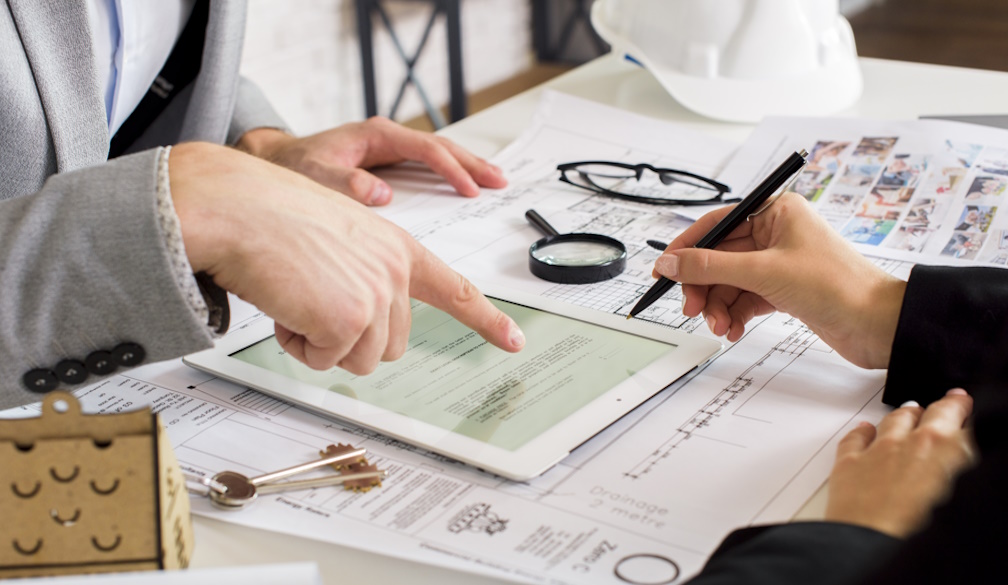Different Types of Teaching Methodologies
- Written by News Company

There are various styles, approaches, and strategies used in teaching as methods. It depends on the teacher to choose any one or more according to the needs of their class. Their education philosophy, the demographics of their class, and the nature of the subject also influence the methods being used.
Before we discuss the methods and strategies, let’s start by the preferred approaches a teacher would like to employ. The advancement of technology has affected the education sector to a great deal in the last couple of decades and it has made numerous previously hard tasks easy for both teachers and learners. Still, some instructors still prefer traditional whiteboard while others like to use tablets and other gadgets like projectors or flat screens.
Approaches
The methods used by a teacher depend heavily on whether they choose to take the modern or traditional approach. Sometimes it depends on the financial condition of the school as well but more often than not it is the personal preference of the teacher. Whatever the reason may be, both the approaches provide teachers with different strategies and some of them might be less efficient at speed yet results in the same amount of learning.
Traditional or Low Tech
Some teachers use high tech methods to just a certain extent while others are a fan of the traditional method and prefer even their classrooms to be low tech where instead of typing or passing soft copies of notes, students are encouraged to write them by hand. This method helps in better recall.
While technology has proved to be extremely useful when it comes to teaching there are some disadvantages as well. For example, auto-correct, students who rely on it have poorly developed spelling skills.
The advantages of the approach are better spelling, writing skills, and their focus on the subject is more solid. While it is cheap as well along with all the above-mentioned pluses, lack of tools and other technical features in the classroom can be a challenge.
Modern or High Tech
As you can understand by the name, the modern or high-tech approach aid students in their learning using various technologies and many schools are using advantage of this in their classrooms. Some use computers and tablets to do exercise while others take the help of the internet to give research-based homework. The Internet is also home to unlimited resources and in some schools, it is used in classes as well.
There are several advantages to high-tech learning including better preservation of knowledge, active participation, and collaboration in lectures. But there are some serious issues that arise as well as a distraction, fewer study groups, and let’s not forget the high cost.
Teaching Methods
There are two teaching methods that work with either of the approaches, whether high or low-tech. A teacher can incorporate one or both in the classroom, depending on the class demographics and nature of the subject. These methods are teacher-centered and student-centered.
Teacher-Centered
The teacher-centered method has the main authority figure; in this case, the teacher is considered an expert on the subject and the source of knowledge. Learners are supposed to be passive and modest recipients of knowledge through lectures and instructions. It requires little to no involvement of the learner in the process and student learning is measured through tests and assessments.
Students only listen which is great in theory, since students are quite and paying full attention, and are able to make individual decisions. But it also affects their communication and they become dependent on the teacher completely. There is also a possibility that the concepts are not clear either since being passive listeners they cannot ask questions nor have a discussion.
Student-Centered
The authority still remains to the teacher but the student plays an equally important part as opposed to the teacher-centered method. The teacher becomes a source of information rather than an authority that simply passes on the information. Their primary role becomes of a facilitator who measures student learning through both formal measures like tests and informal ones like class participation and group projects.
Though this method promises a better evaluation, students’ engagement and the emphasis on knowledge rather than a central figure there are some disadvantages such as it consumes more time due to the input being given from both sides, which in result limits content. It also requires a highly-skilled teacher and more preparation and involvement from the end of the students which can be difficult for some students.
Strategies or Teaching Styles
The strategies teachers use in the class are not random. They analyze their approaches and methods, and the strength and capacity of their students. More teachers are adjusting their styles in accordance with the needs of their students but there are a few fundamental styles that have evolved through time but are still considered the standard teaching strategies. The prominent teaching strategies are lecture, discussion, demonstration, and assignment.
Lecture
Despite being one of the oldest it is still a widely used method in most classrooms. Basically, it is just lengthy lectures and one-way learning sessions in the form of oral presentation and information by the instructor. It includes all theoretical knowledge about a topic including ideas, events, facts, and concepts. It is a typical example of a teacher-centered, low-tech strategy.
It is really good for large classes where it becomes difficult to get every student to participate. It saves time and is good to present basic material. But despite their popularity, lectures have limited usefulness and are considered questionable for teaching children because of its lack of involvement. It’s a better style for more mature students.
Discussion
The discussion involves two-way communication and the instructor and students all participate in the discussion. This can be done using a visual presentation or giving a research topic to be discussed later in class. It develops creativity in students and evokes thinking.
Demonstration
Day-by-day technology is growing at a peak. Various Medical Illustration is also used by healthcare to understand the complex nuances of the human body. In this method, the instructor explains a topic by a planned performance or illustration. The tools an instructor used to demonstrate can be a multimedia presentation or a practical explanation. While the demonstration is the second most essential teaching skill after explanation, it does have a number of requirements. Careful preparation, special arrangements, and tools and equipment are just to name a few.
Assignment
This method sometimes requires high-tech tools like internet, laptop or tablet. The instructor might assign readings from books and/or research papers which increases the coverage of material and leaves classroom time for discussions and demonstrations. The only problem is that evaluation becomes a bit difficult because unlike tests it has no solid way to check whether the students did it on their own.
Conclusion
Selecting the right method and strategy in the right session is important for both the teacher and students. Engagement is essential in learning and while lectures are important to cover important basics, it is not possible to learn how to drive just by theory.






















